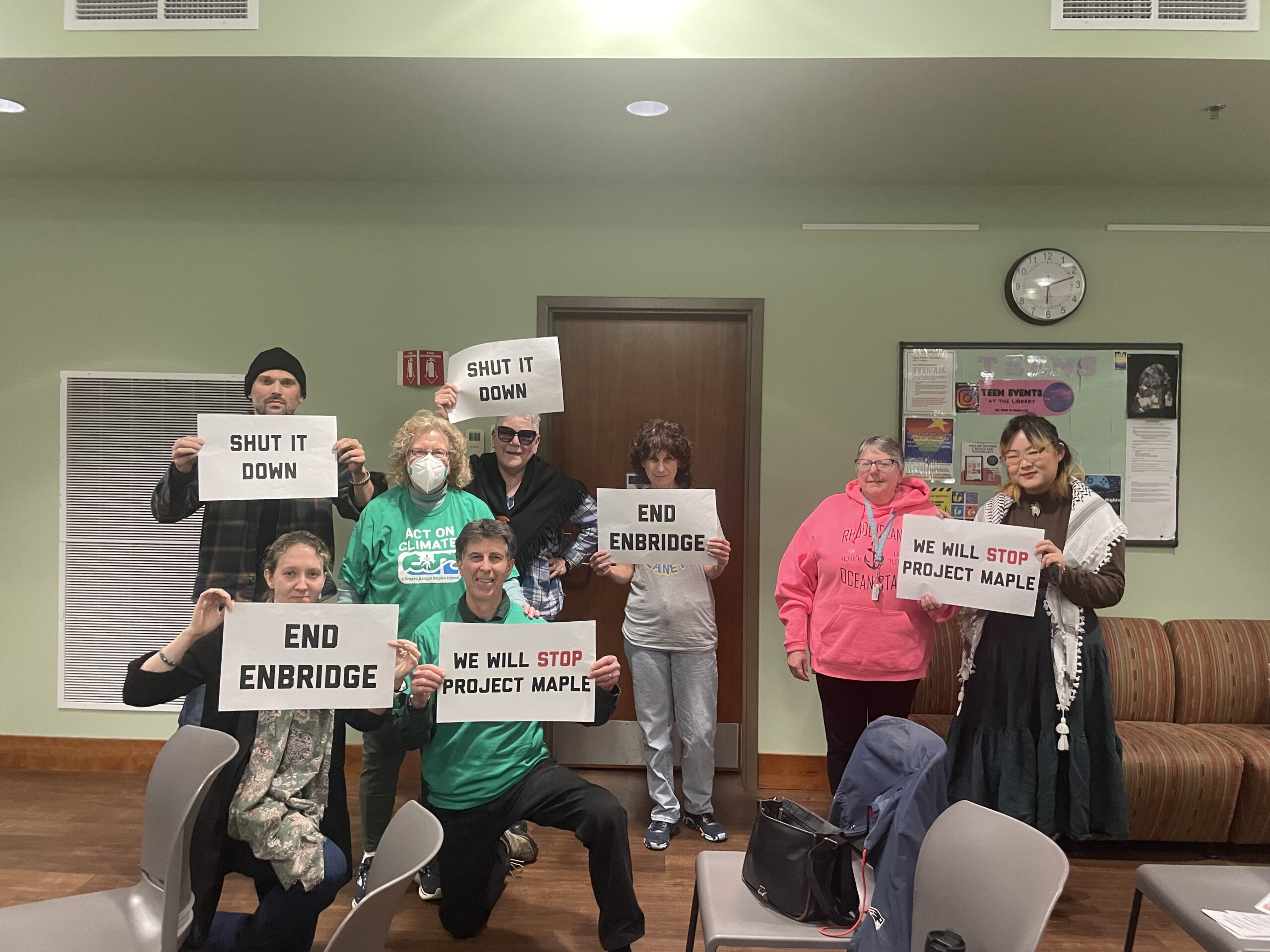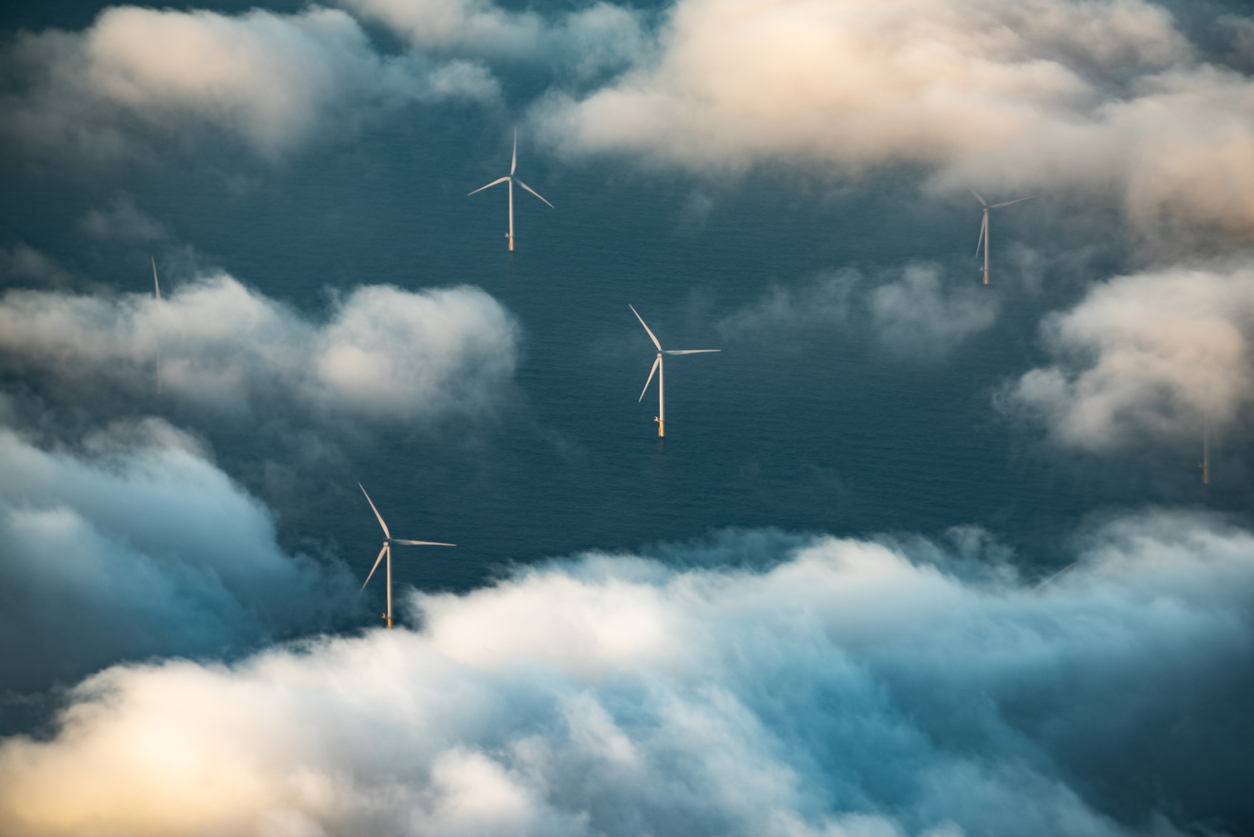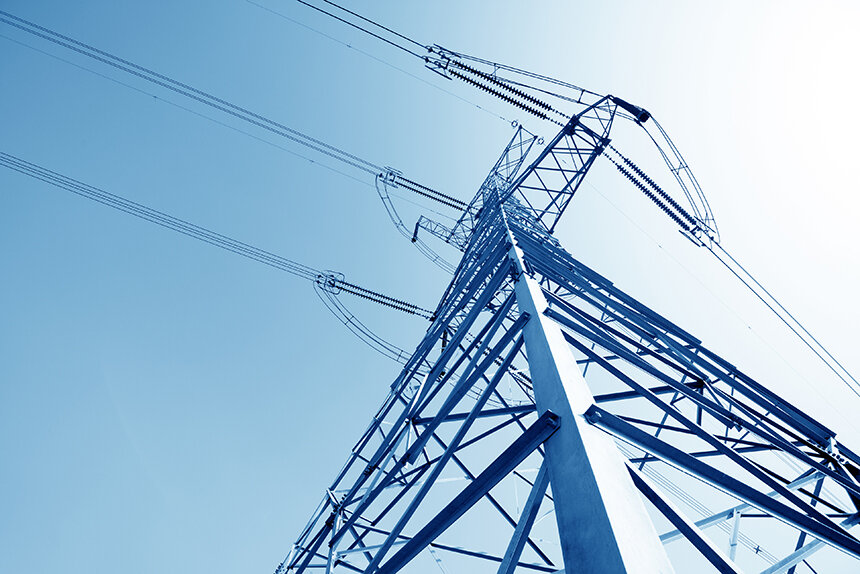Island Residents Express Support for Vineyard Wind
July 13, 2020
The Bureau of Ocean Energy Management (BOEM) controls the floodgates to the offshore wind industry with its forthcoming environmental analysis of the 800-megawatt Vineyard Wind project.
The determination, due in November, will establish the layout for up to 100 wind turbines and perhaps the future of a dozen other proposed offshore wind facilities planned between Cape Cod and Cape Hatteras, N.C.
BOEM says it wants the projects to be done right to satisfy the varying needs of the offshore wind industry, commercial fishing, maritime navigation, and other uses.
“There will be impacts, but our goal is for all users to coexist successfully,” BOEM’s chief environmental officer, William Brown, said during a July 2 online public comment session for Vineyard Wind’s supplement to the draft environmental impact statement.
BOEM concluded that most of the direct, indirect, and cumulative impacts of the wind facility on sea life, birds, bats, tourism, and recreation are considered minor to moderate. Construction, cable protection measures, and foundation activity are expected to cause moderate short-term harm. Long term, the restricted access of some proposed wind facility designs are expected to hinder scientific research and increase the risk of collisions. These designs will limit commercial fishing and military and national security actions and increase the difficulty for search-and-rescue activity.
These impacts and the future of Vineyard Wind — along with 22 gigawatts of planned offshore wind facilities — boils down to the spacing between the turbines and the so-called “transit lanes” for commercial fishing vessels.
BOEM is considering a confusing sequence of alternative layouts for the Vineyard Wind project that focus on two primary designs: a 1-mile spacing between turbines and a 1-mile spacing with a series of 4-mile-wide transit lanes for vessels.
Vineyard Wind and other offshore wind developers have urged BOEM to adopt the one-mile spacing layout, which they say would create 200 vessel lanes between the turbines. The 4-mile-wide transit lanes, they say, would reduce the energy capacity of the facilities. Vineyard Wind noted a report by the Coast Guard that endorses the 1-mile spacing and includes an east-west and north-south alignment.
On July 9, Rhode Island’s Coastal Resources Management Council (CRMC) declared that it also favors the Coast Guard design, along with the installation of special transmitters on all structures that would help vessels navigate the facility in the event radar is compromised.
Public commenters calling into the online BOEM meetings also supported the 1-mile spacing endorsed by the Coast Guard and CRMC. But commercial fishermen, as represented by the Responsible Offshore Development Alliance (RODA), seek an overlay of six 4-mile transit lanes that intersect Vineyard Wind and other proposed offshore wind facilities.
RODA’s last-minute design change led BOEM to delay its initial environmental impact statement for the Vineyard Wind project.
On June 29, RODA called for the Coast Guard to amend its turbine layout report, claiming the Massachusetts and Rhode Island Port Access Route Study (MARIPARS) contains mathematical errors, lacks supporting evidence, and relies on inappropriate data.
“Correction of the MARIPARS will improve certainty regarding the efficacy of safety measures and the public’s understanding and implementation of those measures, directly benefiting our members and all ocean users,” according to a letter signed by Annie Hawkins, RODA executive director; Fiona Hogan, RODA research director; and Lane Johnston, RODA programs manager.
The Coast Guard said the letter is being evaluated by its Navigation Standards Division.
It likely won’t be known whether the decision on the layout and environmental impact study is decided by BOEM, a higher-up within the Department of Interior, or President Trump.
Trump has shown a clear disdain for wind turbines and renewable energy, and delays for the Vineyard Wind permit have been blamed by some elected officials as favoritism for the fossil-fuel industry, which has been the recipient of numerous favors during Trump’s presidency.
A June report by the Center for American Progress recounts how the Department of Interior, which oversees BOEM, has granted lease extensions and reduced royalty fees for companies extracting oil and gas on public land and in public waters. Meanwhile, renewable energy leaseholders were sent steep bills for leasing public land. Also, as part of federal COVID-19 relief, the oil and gas industry was granted access to 78 million acres of new public waters for leasing while the offshore wind industry was offered nothing.
“While offshore wind development’s potential impacts, including to fisheries and protected species, must be considered and mitigated, the Trump administration has shown little interest in proactively resolving the issues,” according to the report.
Public comment
Callers to the initial hearings reflected on Martha’s Vineyard’s closeness to the Vineyard Wind lease area. Most were island residents speaking in favor of the project and its environmental and economic benefits. They represented groups such as the Island Climate Action Network, Edgartown Energy Committee, Oak Bluffs Energy Committee, Tisbury Planning Board, Vineyard Power Cooperative, and local wind engineers and job seekers.
Other groups included Anglers for Offshore Wind Power, Southeastern Massachusetts-Cape Cod and Islands Building Trades Union and Pile Drivers Local Union 56, 350 Cape Cod, and the Environmental League of Massachusetts.
Massachusetts Sen. Marc Pacheco, D-Taunton, chair of the Senate Committee on Global Warming and Climate Change, said he expects Vineyard Wind to have little impact on the region’s fishing industry, compared to the harm caused by ocean acidification and warming water temperatures.
“We are on the cusp of a sustainability revolution,” Pacheco said.
Many callers pointed to the benefits of local renewable energy, such as well-paying technical jobs, price consistency, ending fossil-fuel shortages, and the importance of addressing the climate crisis.
“This is the only solution to our climate-change problem,” said Richard Toole, a 50-year resident of Martha’s Vineyard and chair of the Oak Bluffs Energy Committee. “If we don’t go to clean, renewable energy as soon as possible and stop burning fossil fuels we are going to be in big trouble.”
Others directly addressed the discord with the commercial fishing industry.
“The ocean is a shared resource and other people have to make their living on the ocean, such as marine construction workers, as well,” said David Borrus of Local Union 56 representing pile drivers and divers. “We feel that’s the choice BOEM should make to move this project forward.”
Public comment on the environmental impact study is being taken through July 27.
Categories
Join the Discussion
View CommentsRecent Comments
Leave a Reply
Related Stories
Your support keeps our reporters on the environmental beat.
Reader support is at the core of our nonprofit news model. Together, we can keep the environment in the headlines.
We use cookies to improve your experience and deliver personalized content. View Cookie Settings




What a crock. Keep drinking the Kool Aid. Offshore wind is a scam to make big profits for a small number of people while destroying our commercial squid fishery.